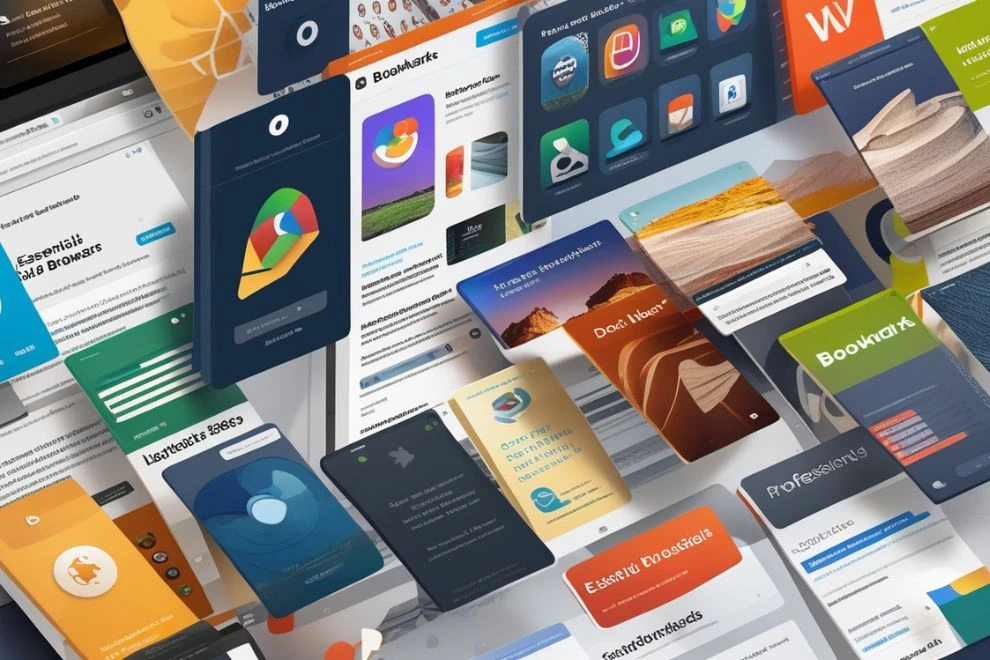Website vs Social Media: Why You Absolutely Need a Website in 2025, Even with Social Media
In today’s fast-paced digital world, businesses are presented with numerous avenues to connect with their audience. Social media platforms like Facebook, Instagram, TikTok, and LinkedIn have become essential marketing tools for many brands. However, as much as social media has become a powerhouse for online engagement, there’s still an undeniable need for businesses to have a dedicated website. In 2025, despite the prevalence of social media, websites remain an essential foundation for building credibility, driving traffic, and ensuring long-term success. In this article, we’ll explore why having a website is just as important, if not more so, than having a social media presence. We will compare the benefits of both and highlight why a website should remain at the core of your online strategy. 1. Full Control and Customization One of the primary reasons why you still need a website in 2025 is the full control it offers over your content and design. Unlike social media platforms, where your brand’s content is subject to the platform’s algorithms and restrictions, your website is a space that you own outright. On social media, you’re at the mercy of shifting algorithms that determine how many people will see your content. These algorithms constantly change, which can lead to unpredictable engagement and reduced visibility over time. With a website, you have complete control over your content, layout, and design. You can tailor every page to meet your audience’s specific needs without having to follow anyone else’s rules. Furthermore, a website allows you to create a professional and cohesive brand identity. You can integrate your logo, brand colors, fonts, and messaging into every aspect of your site, creating a uniform and trustworthy experience for your visitors. 2. Enhanced Credibility and Trustworthiness A professional website plays a crucial role in building trust with your audience. In 2025, consumers still view websites as more legitimate and credible than social media profiles. When users come across a brand with a well-designed website, they are more likely to perceive the brand as trustworthy, established, and professional. While social media is an excellent tool for engagement, it’s not necessarily seen as a reliable source for information about a brand. Social media profiles can be easily created, and there’s less emphasis on the brand’s legitimacy or expertise. On the other hand, a dedicated website gives you the opportunity to showcase your business in a more polished and professional way. Testimonials, case studies, blog posts, and in-depth product descriptions can be featured on your site, enhancing your credibility. Moreover, having a website with clear contact information, customer service options, and an easy-to-use interface makes your business appear more legitimate to potential customers. 3. Better SEO and Long-Term Traffic Generation Search engine optimization (SEO) remains one of the most effective ways to drive organic traffic to your website. While social media can help you gain followers and increase visibility, it’s not an effective tool for ranking high on search engines like Google. When people search for products or services related to your business, a website that’s optimized for search engines has a better chance of appearing in search results. SEO efforts like keyword optimization, on-page SEO, backlinks, and a mobile-friendly design all work together to improve your website’s visibility and drive long-term traffic. Social media platforms, on the other hand, don’t have the same SEO capabilities. Though they can certainly bring traffic to your website through shared links or posts, they don’t provide long-term, organic visibility like a well-optimized website can. In 2025, SEO remains a fundamental strategy for online success, and a website is the key to capitalizing on this. 4. Ownership and Independence Another critical advantage of having a website is that you own it. Social media platforms, on the other hand, are owned by third-party companies. This means that any changes to the platform’s policies, algorithms, or even shutdowns can drastically affect your business. For example, platforms like Facebook and Instagram have previously made major algorithm changes that have led to significant drops in organic reach. In addition, they can suspend or ban accounts without notice, which can cause your brand to lose access to a large portion of your audience. With a website, you maintain full control and ownership over your content. You’re not dependent on a third-party platform’s whims, and you can make changes to your site at any time. Additionally, if social media trends change or a platform fades in popularity, you’re not left scrambling to rebuild your presence elsewhere. 5. Better User Experience and Conversion Optimization User experience (UX) plays a pivotal role in conversion rates. Websites provide businesses with the opportunity to optimize the user journey and encourage conversions. Whether it’s a product purchase, sign-up for a newsletter, or contacting you for more information, your website allows you to craft the perfect flow for your visitors. While social media allows for some level of interaction and engagement, it’s not designed for conversions in the same way a website is. On social platforms, customers might scroll past your content without taking any real action, such as completing a purchase or filling out a contact form. However, on a website, you can strategically place calls to action, highlight promotions, and offer an overall seamless user experience to convert visitors into customers. Moreover, a website enables you to integrate advanced tools like landing pages, e-commerce solutions, email marketing integrations, and personalized content that aren’t as easily implemented on social media platforms. 6. Access to Detailed Analytics When running a business online, understanding your audience and tracking performance is essential. Social media platforms offer basic analytics, but they don’t provide the same level of detailed insights that a website can. With tools like Google Analytics, you can track where your visitors are coming from, how they interact with your site, what pages they visit, and where they drop off. This information allows you to refine your marketing strategy, optimize your website’s performance, and ultimately improve conversions. In contrast, social media analytics can only provide limited data on engagement









